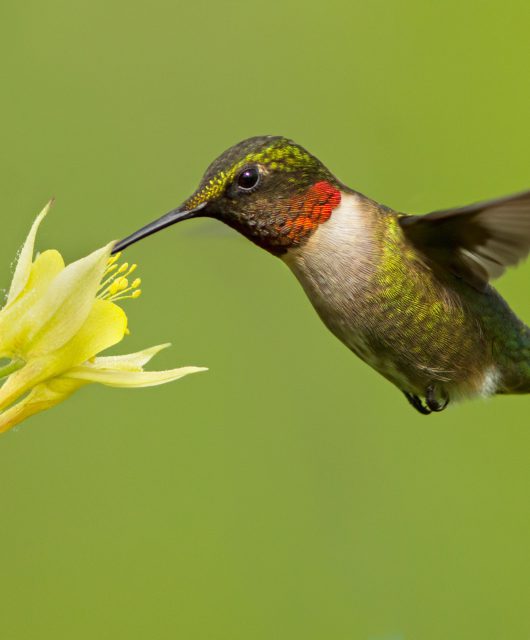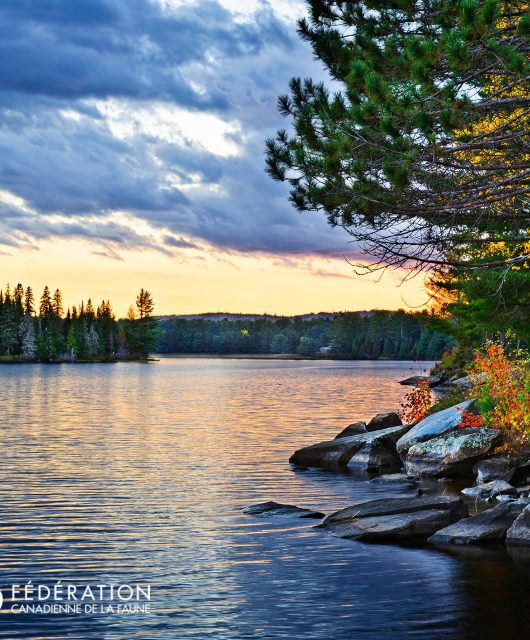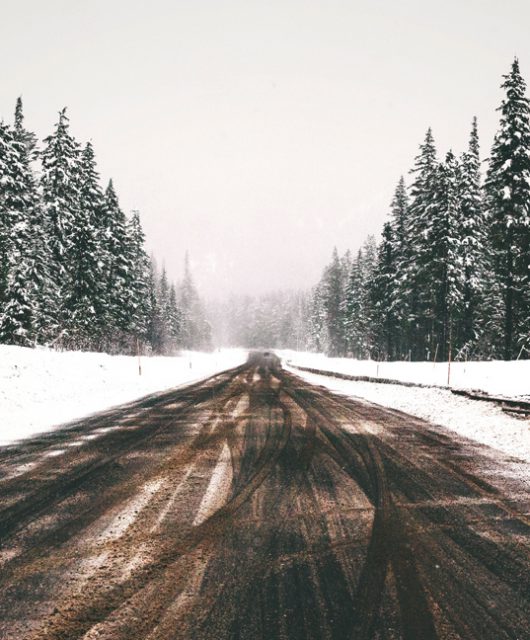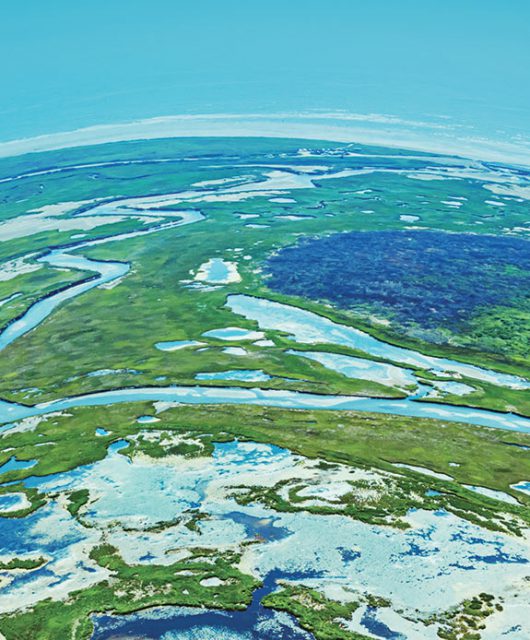As a gardener, I want to know how I can be a constructive part of the ecology and not a destructive one.
The appearance of a new native species of bird when we never saw it here before — especially having it discover suitable habitat and stay to raise young — is like having all the holidays put together (and then some). There is a feeling of satisfaction that my husband and I are doing some right things with our planting and stewardship choices.
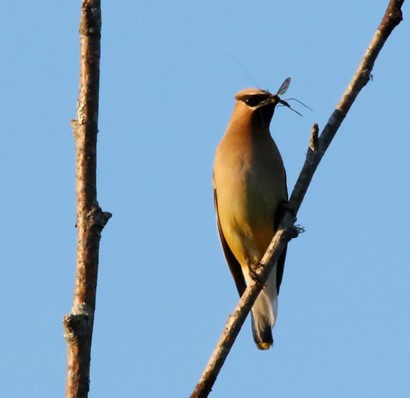
We strongly feel more research is needed to help us in our efforts because it is possible to be well-meaning but make terrible mistakes. We can be thinking we are “helping” wildlife when we may, for example, by putting out food that they have not evolved to eat, be bringing species together in abnormal ways that can create disease and other problems for them.
Given our ages and health, our formal garden area is in a slow state of transition. Priority is for removing the most invasive exotic plants first, and blending in native plants as we grow them from seed. The plants are fundamental to what animals live in any ecology.
But the most important decision we made was to keep more than 50 per cent of our property in its natural state protected from invasive species, in keeping with the recommendations of the late Dr. E.O. Wilson. We seek 70 per cent based on emerging science coming from labs such as that as Dr. Douglas Tallamy, to whom we are deeply grateful for confirming scientifically the conclusions we have come to (anecdotally) over 30 years of gardening and studying nature.
This photo which sort of sums up the “feel” of my garden and existing with nature.
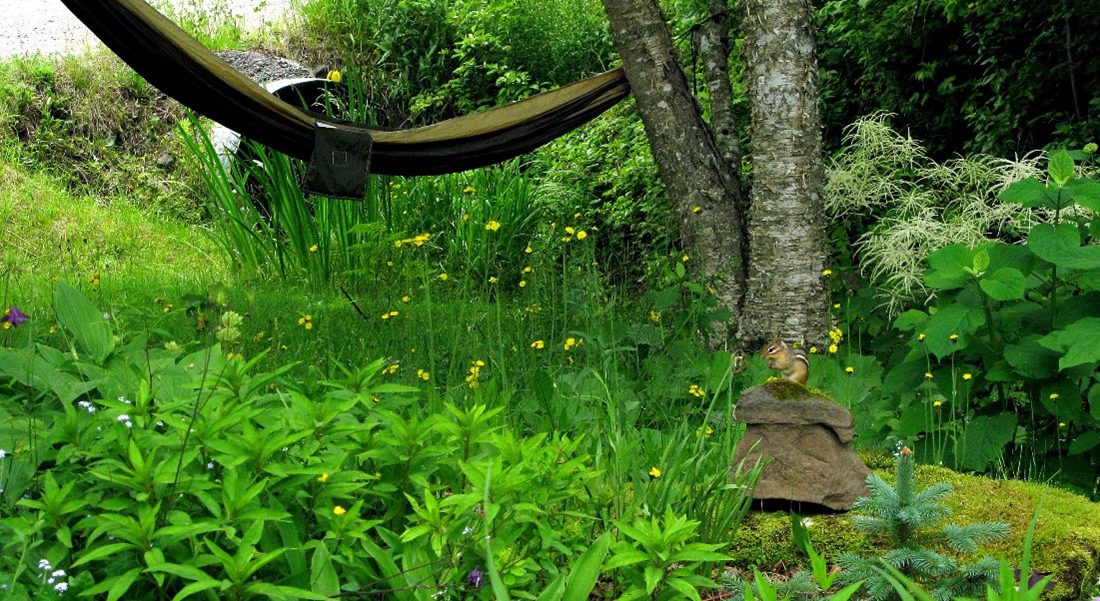
About the Author
Marian Bell Whitcomb is a CWF Certified Gardener. Learn more about certifying your garden or gardening for wildlife.

